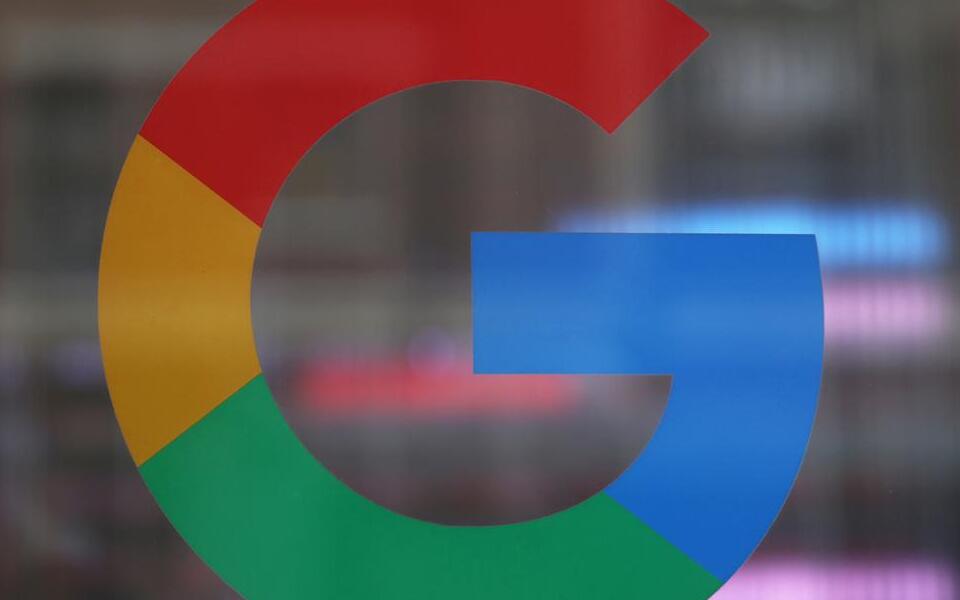India’s mobile data speeds have shown a notable improvement, climbing four spots in the global rankings, according to the Ookla Speedtest Global Index. In April, India moved up from the 64th to the 60th position in terms of average mobile data speeds. Not only that, but India’s ranking for median fixed broadband speeds also witnessed a slight improvement, moving up one spot from the 84th to the 83rd position globally this month.
The data reveals that India’s mobile data speed experienced a significant boost of 115% in April 2023. Ookla recorded a median mobile download speed of 36.35 Mbps during this period, showcasing an improvement from the previous month’s 33.30 Mbps. This increase in mobile data speed indicated by Ookla, the progress made by internet service providers in enhancing network infrastructure and capacity to meet the growing demands of consumers.
Similarly, India’s fixed broadband speeds also saw positive growth. The median download speed for fixed broadband in the country rose from 50.71 Mbps in March to 51.12 Mbps in April by Ookla. This improvement signifies efforts made to enhance connectivity and deliver a smoother and faster internet experience to users across the country.
The rise in India’s rankings for both mobile and fixed broadband speeds highlights the continuous efforts to bridge the digital divide and improve the overall internet infrastructure in the country. As India advances towards a more digitally connected nation, the improvement in internet speeds plays a vital role in facilitating various online activities, including remote work, education, e-commerce, and entertainment.
The increased adoption of digital services and the proliferation of smartphones have contributed to the growing demand for faster and more reliable internet speeds in India. The government’s Digital India initiative, coupled with private sector investments in network infrastructure, has played a significant role in driving this positive change. Internet service providers have been actively expanding their networks and upgrading technologies to keep pace with the rising data consumption patterns.
However, despite the progress made, there is still room for improvement according to Ookla. India’s average mobile and fixed broadband speeds continue to lag behind several other countries. Addressing factors such as network congestion, last-mile connectivity challenges, and ensuring affordable access to high-speed internet for all segments of society remain crucial goals for policymakers and industry stakeholders.
Efforts are underway to further enhance internet speeds in India. Initiatives such as the deployment of 5G networks, the expansion of fiber-optic infrastructure, and the promotion of digital literacy and awareness are expected to contribute to a faster and more inclusive digital ecosystem. These advancements will not only benefit individual users but also drive economic growth, innovation, and digital transformation across various sectors.
As India strives to improve its global rankings in internet speeds, collaboration between the government, regulators, internet service providers, and other stakeholders will be essential. Continuous investments in network infrastructure, policies that foster healthy competition, and initiatives that promote digital inclusion will collectively contribute to a more connected and digitally empowered India.
Another area of focus should be promoting competition among internet service providers. Healthy competition encourages providers to innovate and improve their services, ultimately benefitting consumers. Effective regulatory frameworks that foster fair competition and prevent monopolistic practices are necessary to create a vibrant and dynamic internet ecosystem.
Digital literacy and awareness programs are essential to ensure that individuals can effectively utilize the improved internet infrastructure. Educating users about online safety, responsible internet usage, and the potential benefits of the digital world will empower them to make the most of the available resources and opportunities.
In conclusion, India’s ascent in the global rankings for mobile and fixed broadband speeds is a positive sign of progress in the country’s internet infrastructure. The significant improvement in mobile data speeds and the slight rise in fixed broadband speeds demonstrate the efforts made by the industry to meet the evolving needs of users. While further enhancements are required, the advancements in internet speeds will undoubtedly contribute to India’s digital growth and help bridge the digital divide.










